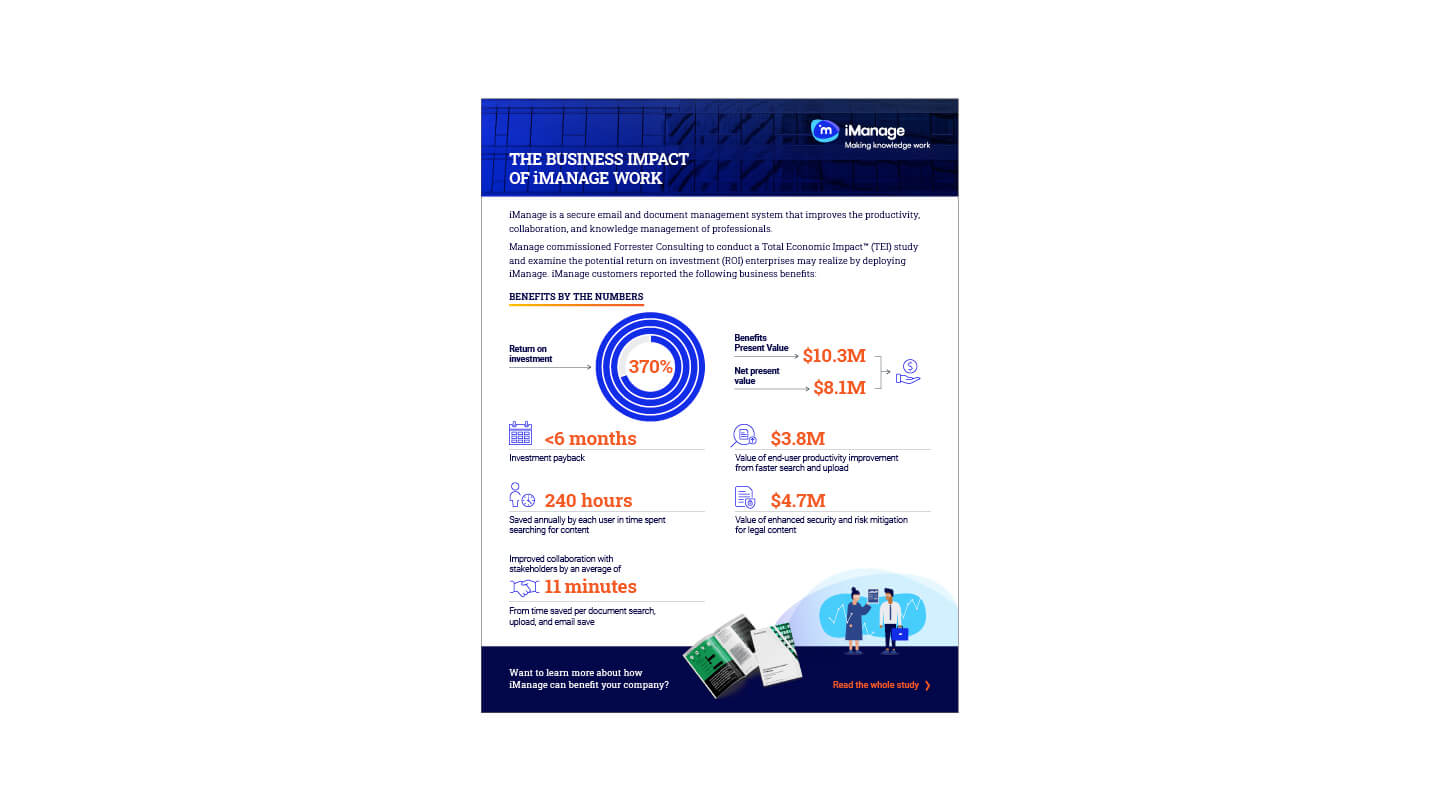As the era of remote and hybrid work continues for many organizations, cloud migration is proving to be an appealing prospect for law firms.
According to ILTA’s 2021 Technology Survey, 49% of respondents said their DMS or ECM were in the cloud or being migrated within the next 12 months – a 13% increase over 2020. It’s clear that cloud-based technology is no passing fad in the legal industry. To better understand the benefits, read on to discover how law firm Webber Wentzel transformed the way they worked by migrating to the cloud.
Embarking on a digital transformation
As a forward-thinking law firm, Webber Wentzel saw several years ago that shifts were occurring in the traditional working model.
“I think it's a global trend, where clients are starting to move away from the billable hour concept. And as we looked at our own digital transformation, we were trying to conceptualize what an alternative or new business model would look like for us,” said Warren Hero, CIO, Webber Wentzel.
To achieve this “new kind of business model” and get closer to their goal of being more client oriented, Warren Hero envisioned a digital transformation that would offer a new way of working for the firm’s lawyers.
Embracing a brand-new technological interface
Hero wanted to update and streamline the entire technological interface that Webber Wentzel lawyers interacted with every day. At a base level, that meant getting the latest versions of all their solutions. Looking at the big picture, however, it meant fully embracing the synergistic capabilities of iManage Work in the Cloud and Microsoft Office 365 used together.
In early 2020, Hero was initially planning on a 12-month process for making technology upgrades. But when the pandemic hit, the firm’s Technology Advisory Committee asked to accelerate the change so that lawyers could access Work in the Cloud without a VPN, making it easier to work remotely.
An easy upgrade and time saved for users
The teams at Webber Wentzel took quickly to the changes being made. Because of their previous familiarity with Work 9 and Windows 10, they largely found Work in the Cloud and Office 365 to be very intuitive. Implementation partner Co-Operative Computing also helped to ensure that the upgrade was a smooth process.
As a result, very little training was needed to get users up to speed on the upgraded technology. The transition was so frictionless, in fact, that the planned 12-month process ultimately took only four months—a stunning success that led to enormous time savings. With the productivity gains from the new technology, lawyers now had an additional 18 minutes back per hour.
iManage and Microsoft are better together
The strengthened partnership between iManage and Microsoft and the implementation assistance from partner Co-operative Computing were both, in Hero’s words, “colossal factors” in the productivity improvements that Webber Wentzel made.
He elaborated, “We were able to design a highly available system [with Work on Microsoft Azure]. Being able to be productive when you need to be productive in Work in the Cloud, where we do about 90% of our revenue-generating work, is absolutely critical.”
Looking ahead
For Webber Wentzel and Hero, the firm’s digital transformation is not a one-and-done change, but an ongoing process toward their goal of a new, more client-centric way of working. Going forward, the firm is watching the iManage and Microsoft roadmaps closely so they can prepare to take advantage of new features as they are available. Hero and his team are also looking at further ways to improve productivity through automation and bots. Innovation isn’t just a buzzword at Webber Wentzel—it is a way of life.
To hear more about how Webber Wentzel created a new way of working in the cloud, read their case study.




